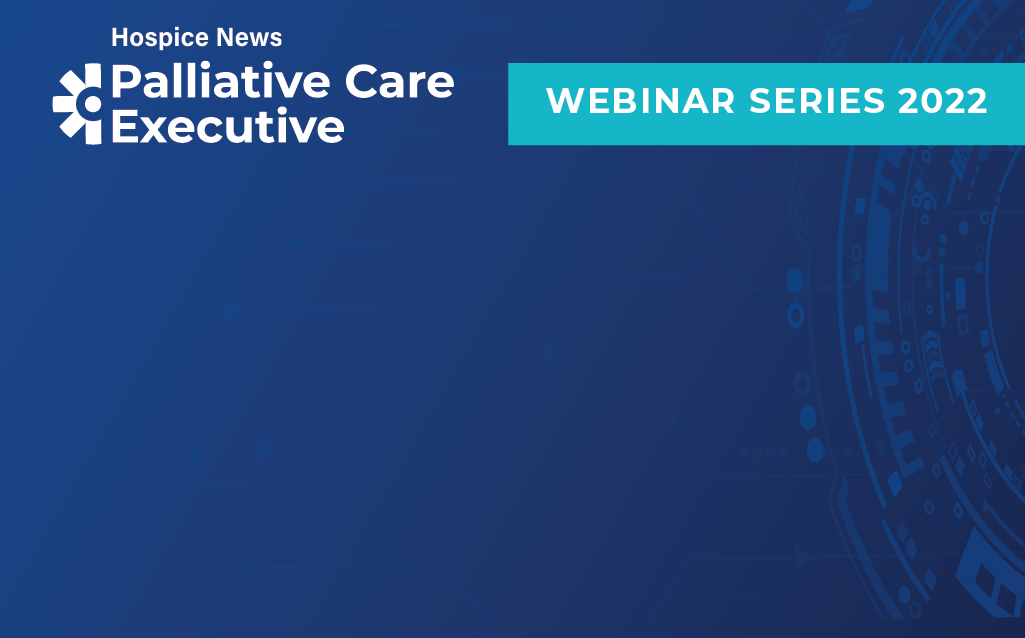This article is sponsored by Axxess. The article is based on a webinar hosted by Zaundra Ellis, Vice President of Hospice Solutions at Axxess with input from Cristina Montanez, Care Advocate and Lead Educator at Hospice of the North Coast and Dr. Jennifer Kennedy, VP for Quality and Standards at Community Health Accreditation Program. The webinar took place in September 2022.
3 Keys to Diversity, Equity and Inclusion in Palliative Care
With the onset of widespread diversity, equity and inclusion initiatives across all industries, palliative care is transforming health equity in today’s society. As the next major quality issue in the U.S., health equity is being embedded into everyday practices for organizations. In order to do so, organizations are raising the quality of care.
“Health equity is realized when each individual has a fair opportunity to achieve their full health potential, a high-quality health system recognizes and respects social, cultural, and linguistic differences,” says the Institute of Health Improvement (IHI).
“For care to be considered high quality, it has to be equitable. There is no equity without quality, no quality without equity,” says Dr. Jennifer Kennedy, VP for Quality and Standards at Community Health Accreditation Program.
Here are three keys to diversity, equity and inclusion in palliative care:
1. Focus on Leadership – Hospice of the North Coast and Quality and Standards at Community Health Accreditation Program knew they had to get leadership involved to make important changes to prioritize diversity, equity and inclusion in their organizations because leadership is where these changes start.
Hospice of the North Coast went through a six-month strategic planning process. To be clear on what they wanted to do, they were involved in the immediate next steps for each part of the process.
“We used the adapted leadership model to see what was great about our organization’s relationship with diversity, equity, and inclusion, what needed to change, and what we need to toss out,” says Cristina Montanez, Care Advocate and Lead Educator at Hospice of the North Coast.
2. Normalize a culturally affirming approach to care – Organizations have to support and provide resources by looking at the makeup of the organization. In order to serve a diverse community, the organization has to be diverse.
The Community Health Accreditation Program implemented specific tools, training, and staff time that is directed toward learning about implicit bias, and environmental scan of the community, and the diversity make up of that community to meet the demands/needs of that community.
At Hospice of the North Coast, the organization was able to research the demographic area and the Health and Human Service division updated their data to be able to see shifts in the demographic area (focusing on ethnicity and race) and overlay that with the current census.
3. Engage the community – by having conversations with the community and looking at all the available data to implement into strategic planning, organizations can not only engage the community, but have more meaningful insight and results.
Hospice of the North Coast developed an education plan, made sure they were asking questions to elicit a response so that people feel welcome and that they belong, which ultimately led to better patient care
Axxess is the leading technology innovator for health care at home, providing solutions that help improve care for more than 3 million patients worldwide. To learn more, visit: https://www.axxess.com/.



